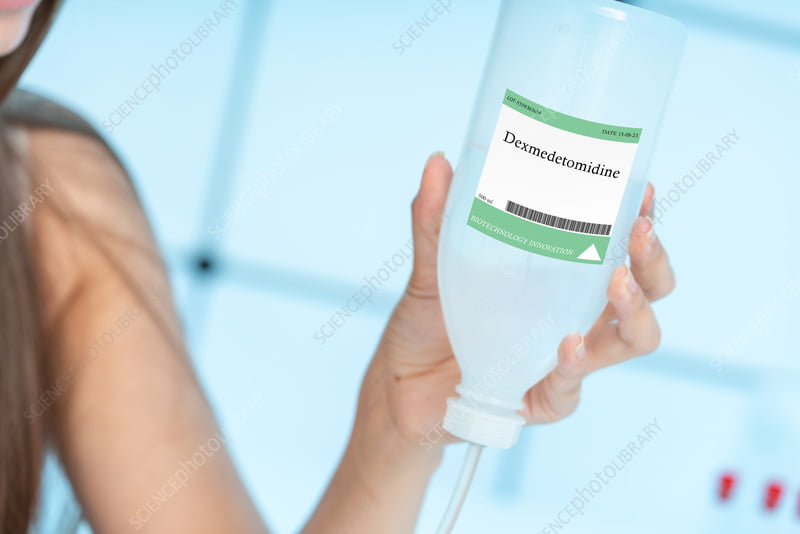Introduction
Dexmedetomidine is a medication commonly used in intensive care settings and surgeries for its sedative, anxiolytic, and analgesic properties. Its unique characteristics make it an important tool in various medical treatments, including the management of opioid dependence. This article explores what dexmedetomidine is, its effects and side effects, and its role in treating opioid addiction.

What is Dexmedetomidine?
Dexmedetomidine, often marketed under the brand name Precedex, is a highly selective alpha-2 adrenergic agonist. It is primarily used for sedation in intensive care units (ICUs) and during surgical procedures. Unlike traditional sedatives such as benzodiazepines, dexmedetomidine provides sedation without causing significant respiratory depression, making it a safer option for many patients.
Mechanism of Action
Dexmedetomidine works by binding to alpha-2 adrenergic receptors in the brain and spinal cord. This binding inhibits the release of norepinephrine, a neurotransmitter associated with arousal and anxiety, thereby producing a calming effect. The drug’s ability to provide sedation without significantly depressing respiratory function is particularly valuable in clinical settings.
Effects and Side Effects

Therapeutic Effects
Dexmedetomidine has several therapeutic effects, including:
- Sedation: Provides a calm and cooperative sedation state, which is beneficial for patients on mechanical ventilation or undergoing procedures.
- Analgesia: Offers pain relief, which can reduce the need for opioid analgesics.
- Anxiolysis: Reduces anxiety, improving patient comfort in stressful medical environments.
Side Effects
While dexmedetomidine is generally well-tolerated, it can cause side effects, including:
- Bradycardia: A slower than normal heart rate, which can be problematic in patients with preexisting heart conditions.
- Hypotension: Lowered blood pressure, which requires careful monitoring and management.
- Dry Mouth: A common and typically mild side effect.
Dexmedetomidine in Opioid Addiction Treatment

Opioid Addiction Crisis
The opioid addiction crisis is a significant public health issue, with substances like fentanyl, oxycodone, and heroin contributing to high rates of dependency and overdose deaths. Traditional opioid addiction treatments often involve substitution therapies with methadone or buprenorphine, but there is growing interest in adjunctive therapies to enhance treatment efficacy and reduce withdrawal symptoms.
Role of Dexmedetomidine
Dexmedetomidine has shown promise in the management of opioid withdrawal symptoms. Its sedative and anxiolytic properties can alleviate the distress associated with withdrawal, while its analgesic effects help manage pain without the need for additional opioids. This can be particularly beneficial during detoxification and in the early stages of rehabilitation.
Clinical Studies
Several clinical studies have demonstrated the effectiveness of dexmedetomidine in reducing withdrawal symptoms in opioid-dependent patients. For instance, research indicates that dexmedetomidine can significantly decrease the severity of withdrawal symptoms, improve patient comfort, and reduce the need for supplemental medications during detoxification.
Conclusion
Dexmedetomidine is a versatile medication with significant benefits in sedation, analgesia, and anxiety reduction, making it a valuable tool in various medical settings. Its role in the treatment of opioid dependence is particularly noteworthy, offering a non-opioid option to manage withdrawal symptoms and improve patient outcomes during rehabilitation. As the opioid crisis continues to challenge healthcare systems worldwide, innovative approaches like the use of dexmedetomidine in addiction treatment hold promise for enhancing recovery and reducing the burden of opioid addiction.
By understanding the properties and potential applications of dexmedetomidine, healthcare providers can better support patients through the challenging process of opioid withdrawal and recovery.
Comments